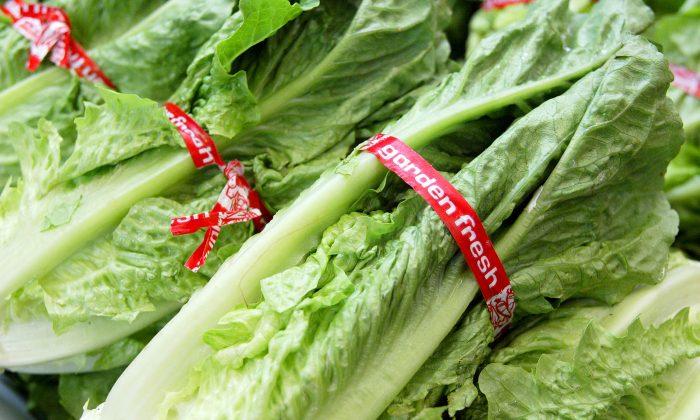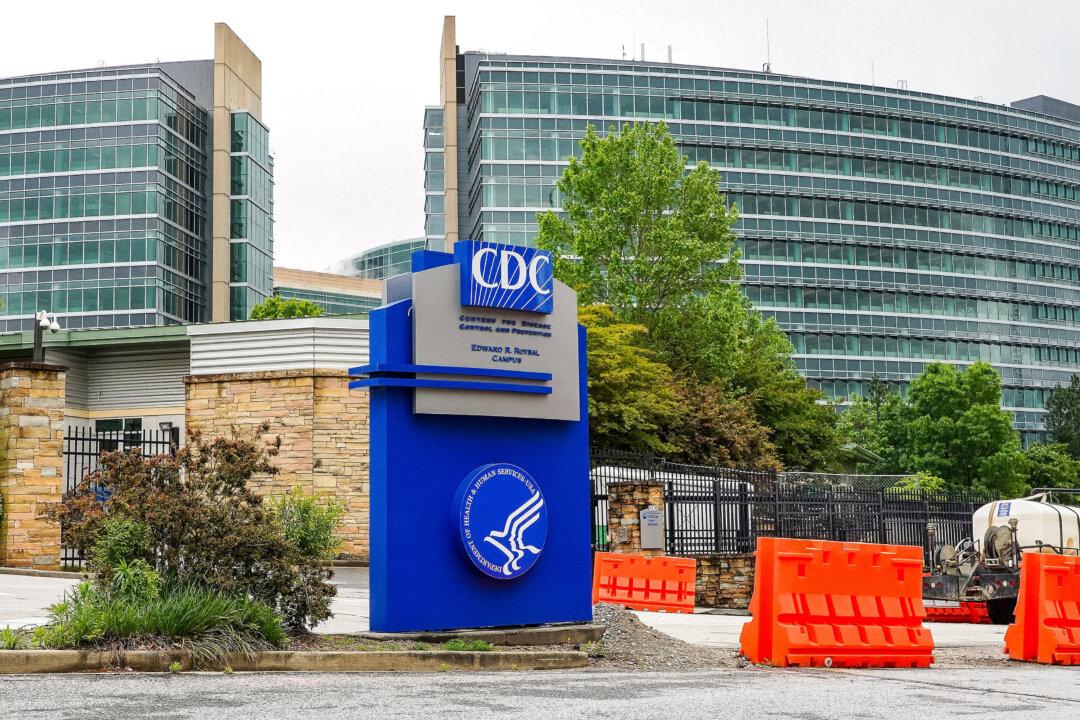Romaine lettuce linked to the multi-state E. coli outbreak may have been grown in California, Food and Drug Administration (FDA) Commissioner Scott Gottlieb said.
On Thanksgiving Day, he tweeted that his agency is still working to figure out the source of the outbreak, which has left nearly three dozen people sickened, including 13 who have been hospitalized.
That comes two days after the Centers for Disease Control and Prevention (CDC) sent out a warning, saying that all romaine lettuce is suspect and shouldn’t be eaten. Officials said any romaine should be thrown out until further notice.
“This advice includes all types or uses of romaine lettuce, such as whole heads of romaine, hearts of romaine, and bags and boxes of precut lettuce and salad mixes that contain romaine, including baby romaine, spring mix, and Caesar salad,” the CDC noted. “If you do not know if the lettuce is romaine or whether a salad mix contains romaine, do not eat it and throw it away.”
Retailers and restaurants have been urged not to sell any romaine until more is known.
Illnesses have been reported in California, Connecticut, Illinois, Massachusetts, Maryland, Michigan, New Hampshire, New Jersey, New York, Ohio, and Wisconsin, the CDC said. In Canada, 18 people have been sickened with the same strain of E. coli in Quebec and Ontario, officials said.
“At this stage in the investigation, the most efficient way to ensure that contaminated romaine [lettuce] is off the market would be for [the] industry to voluntarily withdraw product from the market, and to withhold distribution of romaine until public health authorities can ensure the outbreak is over and/or until FDA can identify a specific source of contamination,” the FDA stated.
Symptoms of E. coli include severe stomach cramps, diarrhea, and vomiting; some people might have a fever.
“Most people with an [E. coli] infection start feeling sick three to four days after eating or drinking something that contains the bacteria. However, illnesses can start anywhere from a day to 10 days after exposure. Contact your healthcare provider if you have diarrhea that lasts for more than three days or is accompanied by high fever, blood in the stool, or so much vomiting that you cannot keep liquids down and you pass very little urine,” the agency advises.





